Telling Stories with Marshall Arisman
 November 4th, 2014 by jules
November 4th, 2014 by jules
(Click to enlarge)
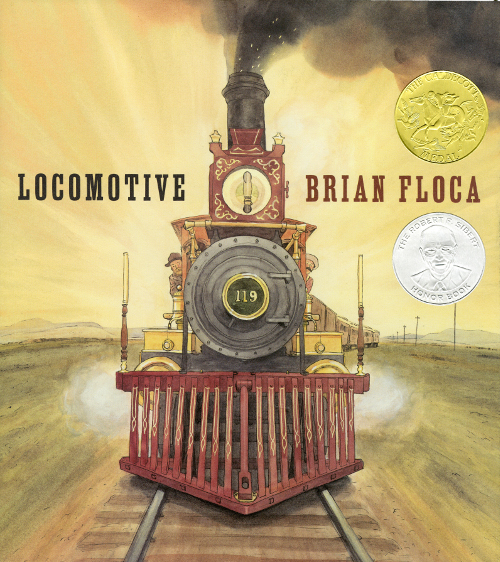
(Click to enlarge)
I have a regular feature here at 7-Imp where I spotlight the work of student or recently-graduated illustrators. In fact, just two days ago my readers and I saw the work of one such new grad, Olivia Chin Mueller.
For these posts, I rely on the recommendations of working children’s book illustrators who also teach, though sometimes students will reach out to me directly. However, it just so happened that—after featuring the work of students from the School of Visual Arts in New York City over the years—I found myself communicating with someone from the school and hearing about a really fabulous upcoming exhibit. I won’t be attending, ’cause hey, I’m way down in Nashville, but I can at least tell my readers about it. (Anyone in NYC wanna go and give me a full report?) It begins today, ends in mid-December, and is called We Tell Stories. It’s an exhibition of work by more than 250 alumni of SVA’s MFA Illustration as Visual Essay program, and here’s how the school describes the exhibit:
Thousands of illustrations, books, comics, graphic novels, animations, products, paintings and more will be on view. In addition, a Children’s Reading Room within the gallery will hold hundreds of children’s books by SVA alumni.
The chair for this Visual Essay program, the first art school program of its kind, is artist and storyteller Marshall Arisman. He founded this program 30 years ago. Arisman has trained the likes of Brian Pinkney, Brian Floca, Sara Varon, Shadra Strickland, Stephen Savage, and more. “Marshall,” Shadra told me, “has such amazing insight and really taught us to trust ourselves and make work that speaks to us as individuals instead of trying to pander to one specific market. I learned from him that, if I made work that really mattered to me, everything else would fall into place. He was right.”
And here’s what John Hendrix, who graduated in 2003, had to say:
Looking back on my experience in the MFA Illustration as Visual Essay program, despite the huge range of themes and processes I explored, it all seemed to have been anchored to Marshall’s personality and presence. On my first ever trip to New York, I had somehow made an appointment with the Marshall Arisman to ask about his program. This was way before was I had applied, let alone be selected, and I was terrified that I was going to find a character out of a Stephen King novel (based on his work!). But in the first five minutes, I knew this man was not an intimidating icon; he was a teacher. Between puffs of smoke, plenty of smiles, all while flipping through my sketchbook, he said, “See, you’ve got something in there, John.” … Throughout my time in the program, he would wander into my studio from time to time and say one or two things. Virtually all of these visits I can remember clearly to this day for how much his thoughts changed my work and my thinking. It was like he could find the exact right time to turn the key on the back of the clock. Winding it up and walking away was all he had to do. I could go on, certainly, but in short, I would not be the artist I am today without Marshall and his inexplicable, almost instant belief in me and my work. I would like to think I’m unique in that regard, but I know that isn’t true. His gift is that he always sees the best version of every young person that sits in front of him.
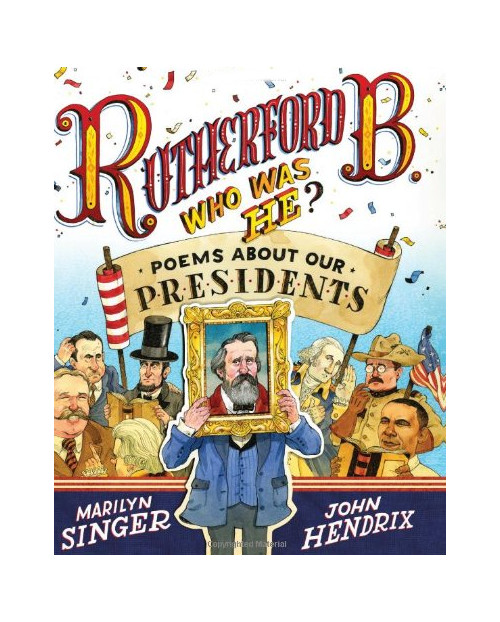
In celebration of this upcoming exhibit, I chat briefly today with Arisman. And I’ve also got (pictured above and after the Q&A) some art from the exhibit, which is a mixture of both children’s book illustration and editorial art, comics, graphic novels, paintings, and more. Pictured under each image is the artist’s name. Within the Q&A itself, I have a couple of pieces Arisman created, as well as book covers for illustration books he’s co-authored.
Arisman credits his creative development to his grandmother, who was a noted medium, as well as his upbringing in a Spiritualist community. A one-hour documentary about this just screened. Arisman talks a bit more about this below.
All the exhibit’s details are here. I thank Marshall for visiting 7-Imp today.
Jules: Describe to people who know nothing about what “Visual Essay” means what this MFA degree offers.
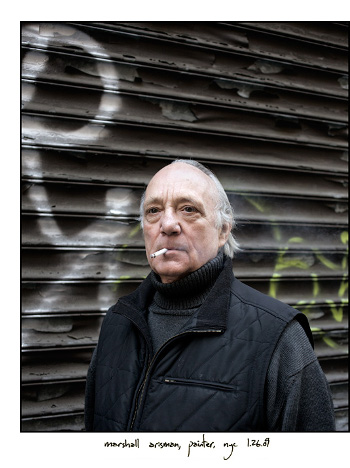 Marshall (pictured right): Visual Essay, as it pertains to the MFA Illustration as Visual Essay program at the School of Visual Arts, is a story told in time — turning a page in a children’s book, graphic novel, comic book, or magazine introduces the element of time. The content, based upon personal experience, can be developed with or without a written component. The form the storytelling takes is decided by the graduate student. Walking through a series of pictures in a gallery or sitting watching an animated film, the element of time passing becomes essential to storytelling.
Marshall (pictured right): Visual Essay, as it pertains to the MFA Illustration as Visual Essay program at the School of Visual Arts, is a story told in time — turning a page in a children’s book, graphic novel, comic book, or magazine introduces the element of time. The content, based upon personal experience, can be developed with or without a written component. The form the storytelling takes is decided by the graduate student. Walking through a series of pictures in a gallery or sitting watching an animated film, the element of time passing becomes essential to storytelling.
Jules: It’s been 30 years since you founded the MFA degree. What do you think has been the most rewarding change over the years in illustrated children’s books?
Marshall: In the 30 years since I founded the program, children’s books have been an important outlet for many of our of our students and alumni. In We Tell Stories, we have a children’s book room, designed by alumni Sara Varon and Aya Kakeda, which features over 200 published children’s books by alumni. A brief glance at 30 years of children’s books suggest that good stories, told well, haven’t change that much. Books based upon personal childhood memories continue to resonate with all children. The list of possible topics that children are concerned with has expanded. Divorce, adoption, race, bullying, etc. now appear in children’s books. My guess is that the best ones were written and illustrated by authors who have had personal experiences with the subject matter.
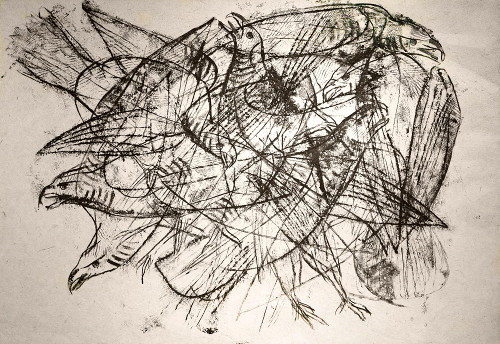
Jules: How has technology most helped illustrators? Do you feel like technology hinders them in any way(s)?
Marshall: Each year the program receives well over 150 applicants. The entire faculty, all figurative artists, all storytellers vote. We accept 20 students per year. In recent years, we have seen an increase in too many applicants who have jumped to technology (computers) without a solid based in drawing, composition, color theory, or content. The result is multi-layered, airbrushed, saturated images that attempt to hide the defects of a solid art foundation.
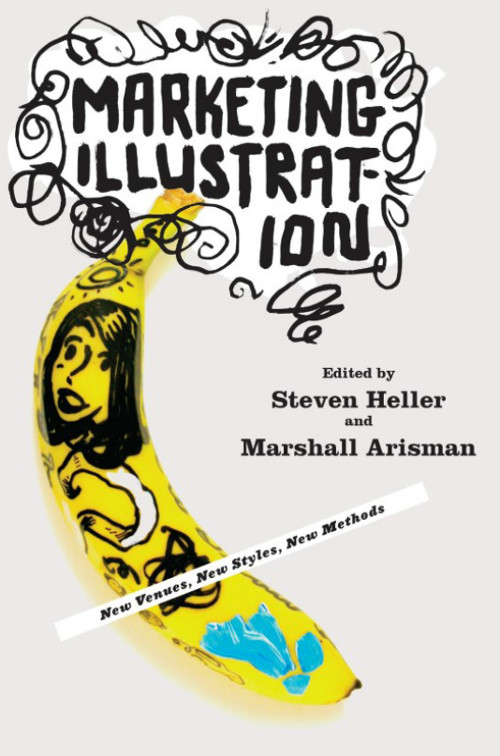
Jules: You’ve mentored such artists as Brian Floca, Brian Pinkney, Sara Varon, and more. You’ve also written about how artists need to develop a unique personal voice. Is that teach-able? If not, how do you nurture someone (if at all) whose personal artistic voice is lacking.
Marshall: The criteria for developing a unique a personal voice in pictures and words relates directly, in my experience, to the content of the story you are trying to tell. If the story is yours, if it has meaning for you, you will struggle long hours to express it. Nurturing a genuine dream means providing a solid base in writing, drawing, history, concept, painting, computers, guest speakers, and personal attention from the faculty. The MFA program is a full-contact, intense two-year program. An artist’s voice will emerge. It is fair to say no one leaves the program the way they came in. New illustrators place a so-called “style” above content. That’s backwards. Find your content — you will find a way to express it. Other people will call that your “style.”

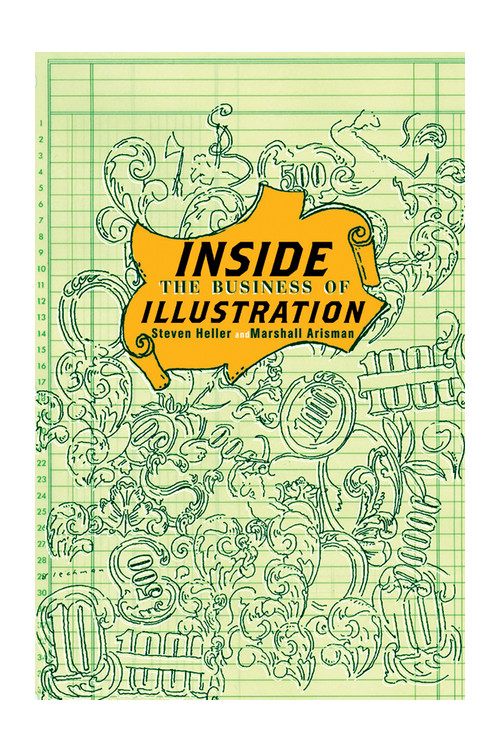
Jules: I hear you credit your creative development to your grandmother, who was a Spiritualist. Tell me more about how she nurtured your creative life.
Marshall: I owe much of my artistic lief to my grandmother, who was a noted medium Spiritualist minister and gifted artist. She taught me to keep my third eye open, trust my intuitive instincts, and learn to stand in the space between angels and demons.
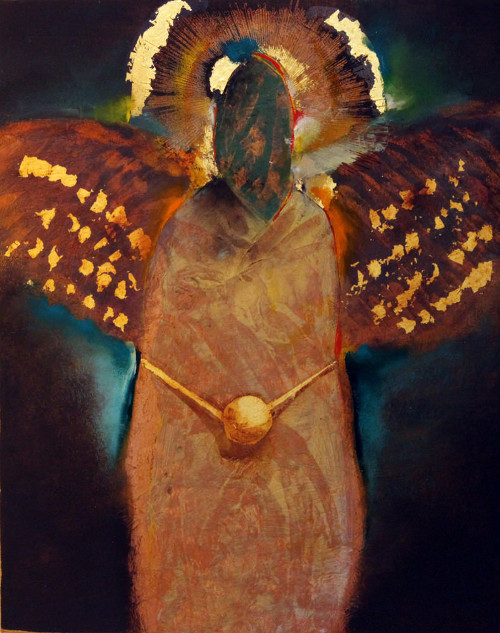
Jules: What are you reading now?
Marshall: At the moment, I am reading a series of short stories titled Mr. Bones by my friend Paul Theroux.
Jules: When will the feature-length documentary on you be released?
Marshall: I have just finished (the first screening was held on October 14th, 2014) a one-hour film, titled A Postcard from Lily Dale. The film is the how and why of the impact of my grandmother on my art. For more information, go to our website. [Ed. Note, 2022: Please head here instead.]
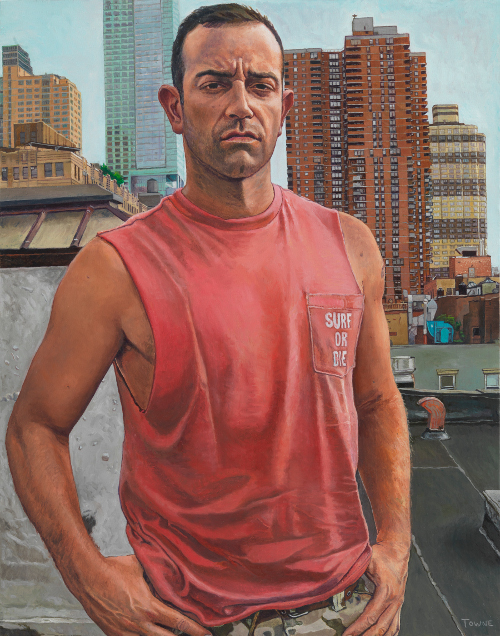
(Click to enlarge)
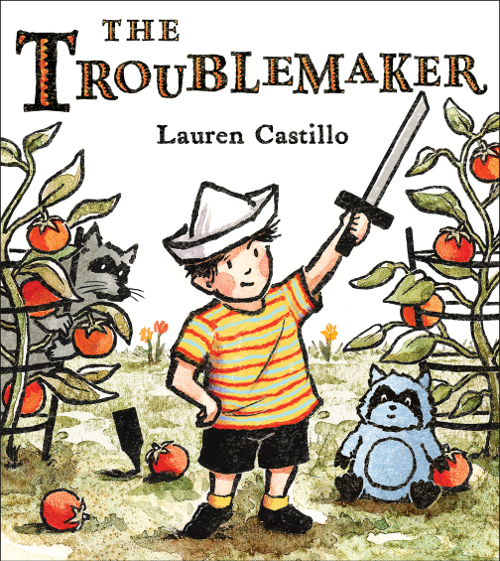
(Click to enlarge)
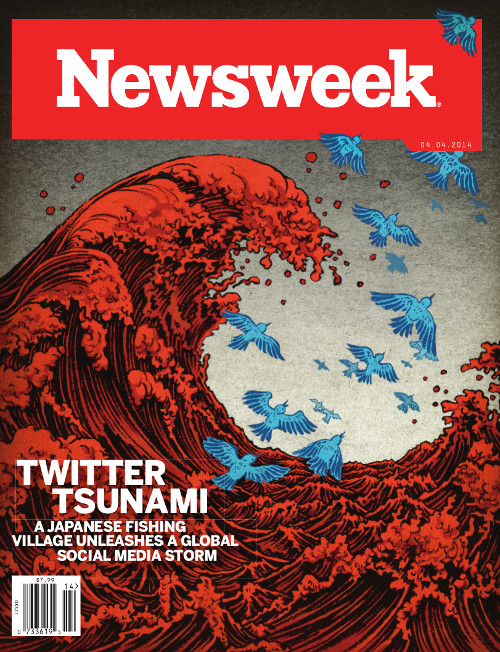

(Click to enlarge)
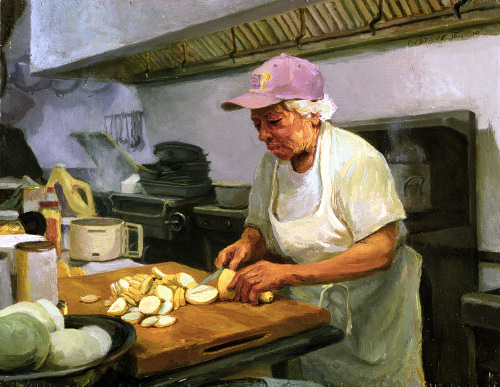
(Click to enlarge)

(Click to enlarge)

(Click to enlarge)
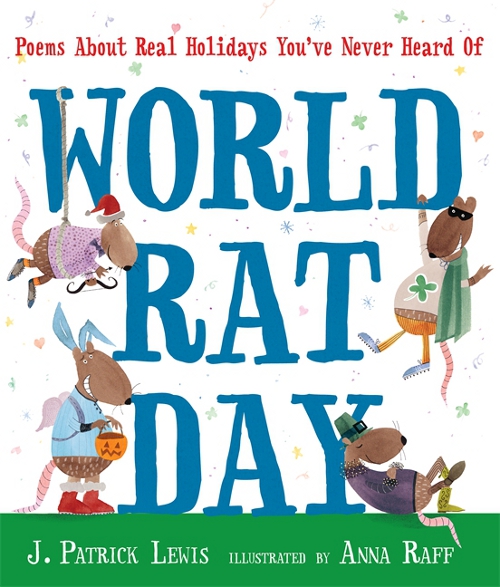
(Click to enlarge)
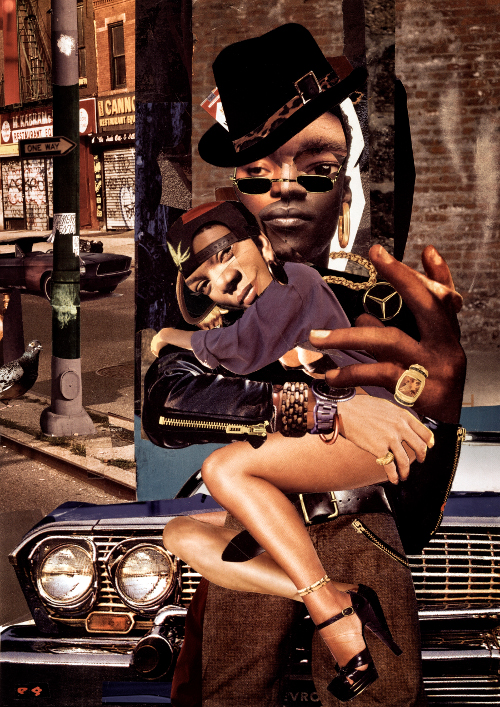
(Click to enlarge)
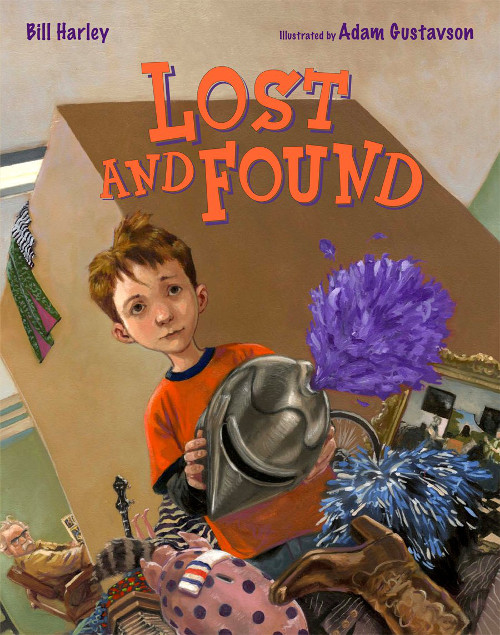
(Click to enlarge)

(Click to enlarge)

(Click to enlarge)

(Click to enlarge)


(Click to enlarge)
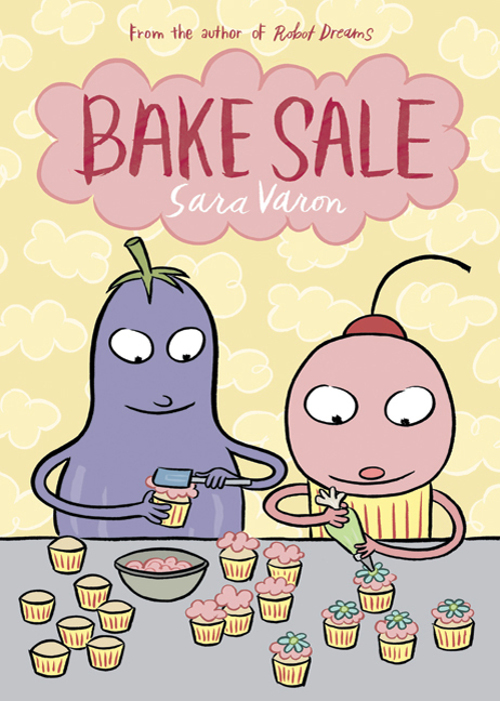
(Click to enlarge)

(Click to enlarge)

(Click to enlarge)
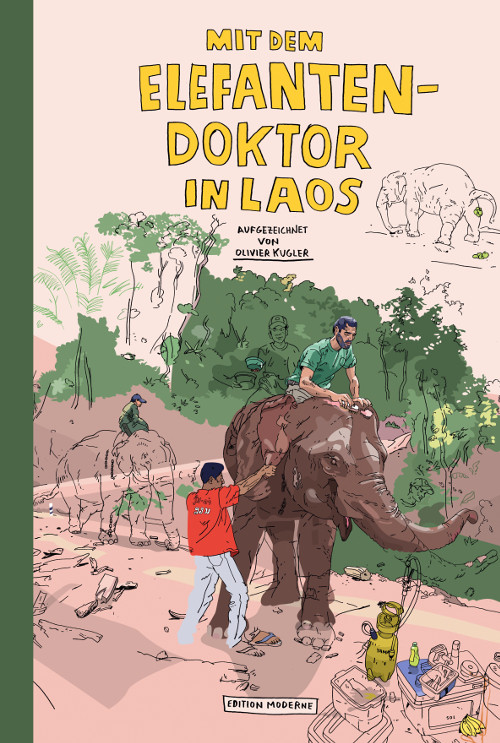
(Click to enlarge)
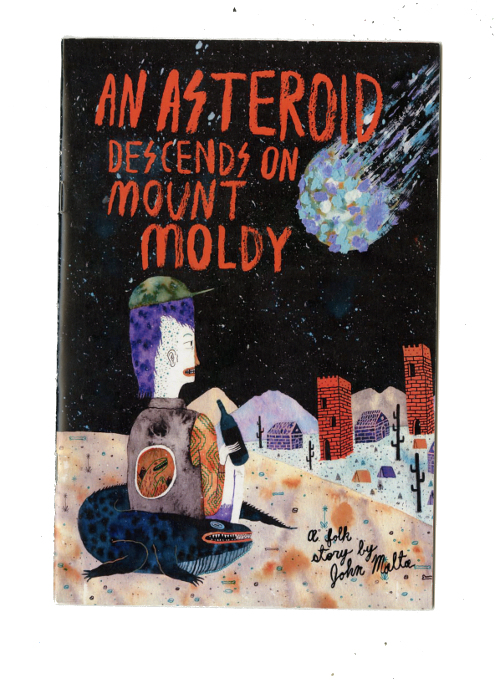

(Click to enlarge)
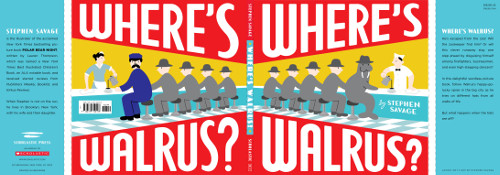
(Click to enlarge)

(Click to enlarge)
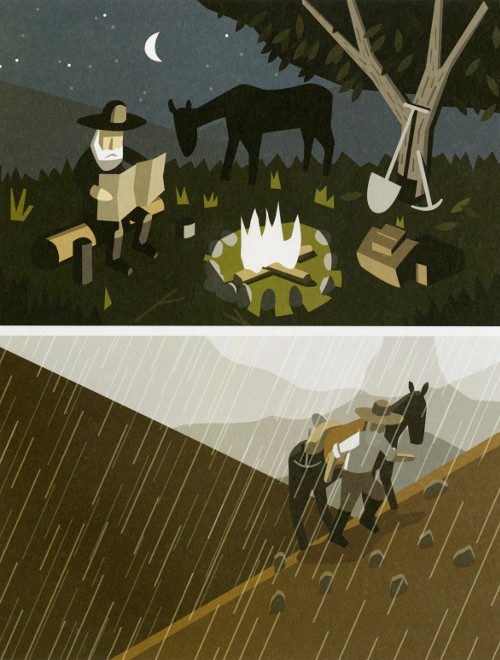
(Click to enlarge)
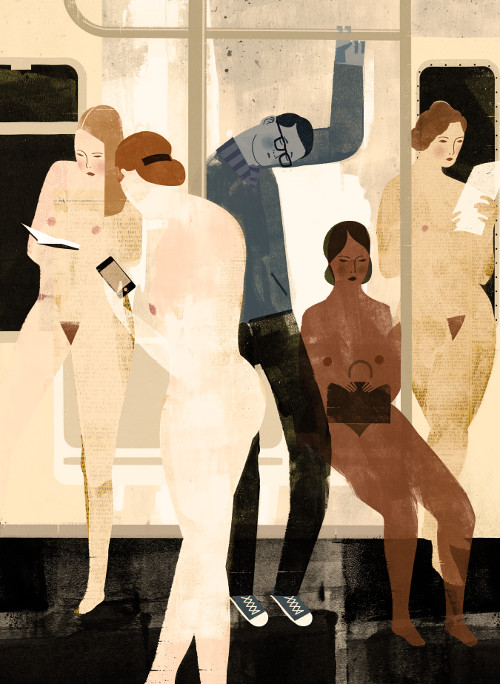
(Click to enlarge)

(Click to enlarge)
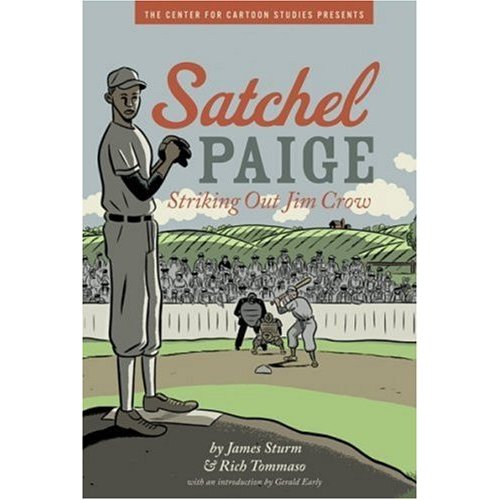

(Click to enlarge)
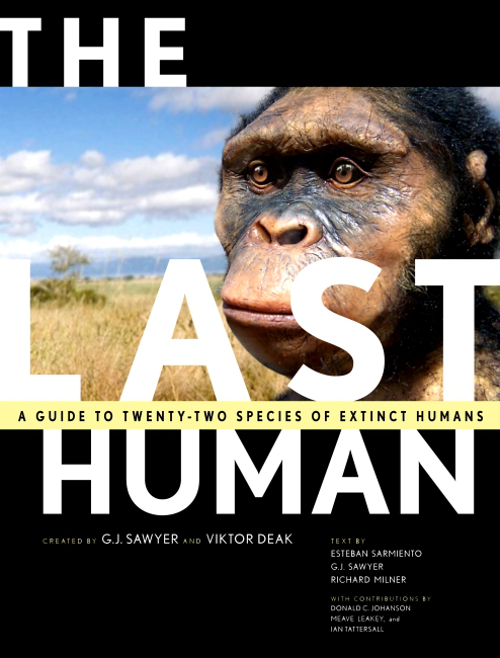
(Click to enlarge)
All images used by permission of the School of Visual Arts.
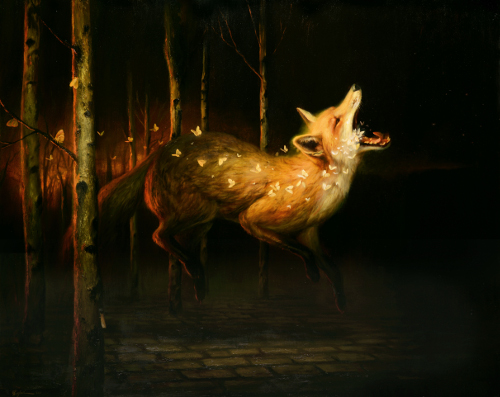

Some great morsels from the Marshall! I have fond memories of attending his history of Illustration class at SVA, especially when we could steer him off on tangents because he’s such a fun story teller. He would constantly have the class in a state of hysterics. Since you’ve shared the cave painting image above, he told of us the time he went sketch from the drawings in the caves of Lascaux (if my memory serves me correctly?) and bumps into another artist there sketching too who was none other than Mr. Pablo Picasso! I’m very much looking forward to checking out the exhibition. Thank you for sharing!
Hi Jules! I’d be happy to give you a full report of the exhibit. It may be biased because I’m a current student in Marshall’s MFA program, and I have great pride for my colleagues 🙂 But let me know what you’re looking for. I’ve been following your blog for many years, and it was a huge reason I went back to school for illustration. THANK YOU
Tim: Whoa. That’s a good story.
Amanda: Well, you just made my day.
I kinda feel like I *am* seeing the exhibit. Okay, well, it’s not real art right in front of me, and that’s a very big difference. But that’s to say: I’m grateful that the school gave me permission to post all this art. 7-Imp is, for all intents and purposes, an art blog, so I couldn’t pass up the chance to share this. There are way more images I didn’t even post. This is just some of it. I’m grateful they gave me a chance to experience/share the essence of the exhibit.
Enjoy the exhibit, and enjoy classes! I hope to watch the Lily Dale documentary soon.
The very first time I came to NYC was in 2000 and I was still an art student at Art Center in Pasadena, California. My teacher arranged for me to meet Marshall in his studio next to the Fashion Institute and I sat with him for two hours talking about the frustration I had about what career I wanted in illustration. He sat there pounding at a pack of American Spirit cigarettes, tearing off the filters and smoking each one down to the nub while sipping away at Pellegrino Mineral water which I had found disgusting. He was so cool I just sat there just chokind down each sip while listening to his every word, one of which, if I recall, was a story about how he had sent sketches to Kurt Vonnegut with a bottle of (whiskey?) hoping he would write a few narratives for each piece and at some point they met and shared the bottle together. Anyway, long story short, he told me, “Do what you love and the work will find you.” and that was my first step towards children’s publishing.
I want to thank you for asking such informed interview questions. It was a pleasure to respond to you.
Thanks again. Marshall
[…] that make sense? (I picked up this saying from Marshall Arisman at SVA. I feel like every single person that went to SVA punctuates their speech with “does […]
[…] a bookstore in the scene if that’s what you like. The chairman of SVA illustration MFA program, Marshall Arisman, used to say, “Draw what you like and draw what you know.” It sounded vague at that […]